 |
| June 15, 2022 |
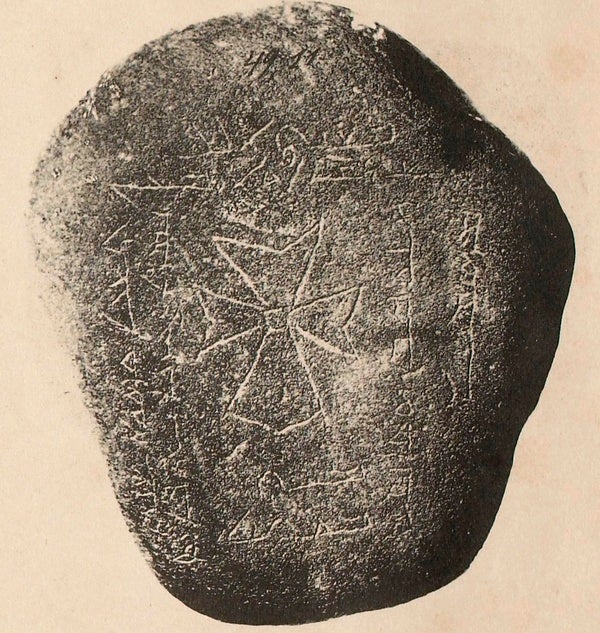 |
| |
| |
| |
| |
| |
| |
| |
FROM THE STORE
 | | Revolutions in Science Normally science proceeds in incremental steps, but sometimes a discovery is so profound that it causes a paradigm shift. This eBook is a collection of articles about those kinds of advances, including revolutionary discoveries about the origin of life, theories of learning, formation of the solar system and more. *Editor's Note: Revolutions in Science was originally published as a Collector's Edition. The eBook adaptation contains all of the articles, but some of the artwork has been removed to optimize viewing on mobile devices. |  | | |
FROM THE ARCHIVE
 | | Teeth Tell Black Death Genetic Tale DNA from the teeth of medieval plague victims indicates the pathogen likely first arrived in eastern Europe before spreading across the continent. By Susanne Bard | October 2019 | | |
LATEST ISSUES
 |
| |
| Questions? Comments?  | |
| Download the Scientific American App |
| |
| |






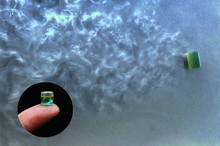

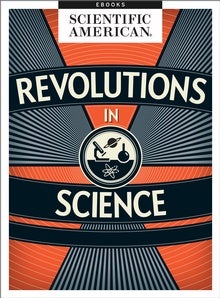

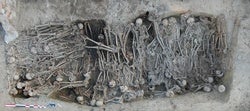
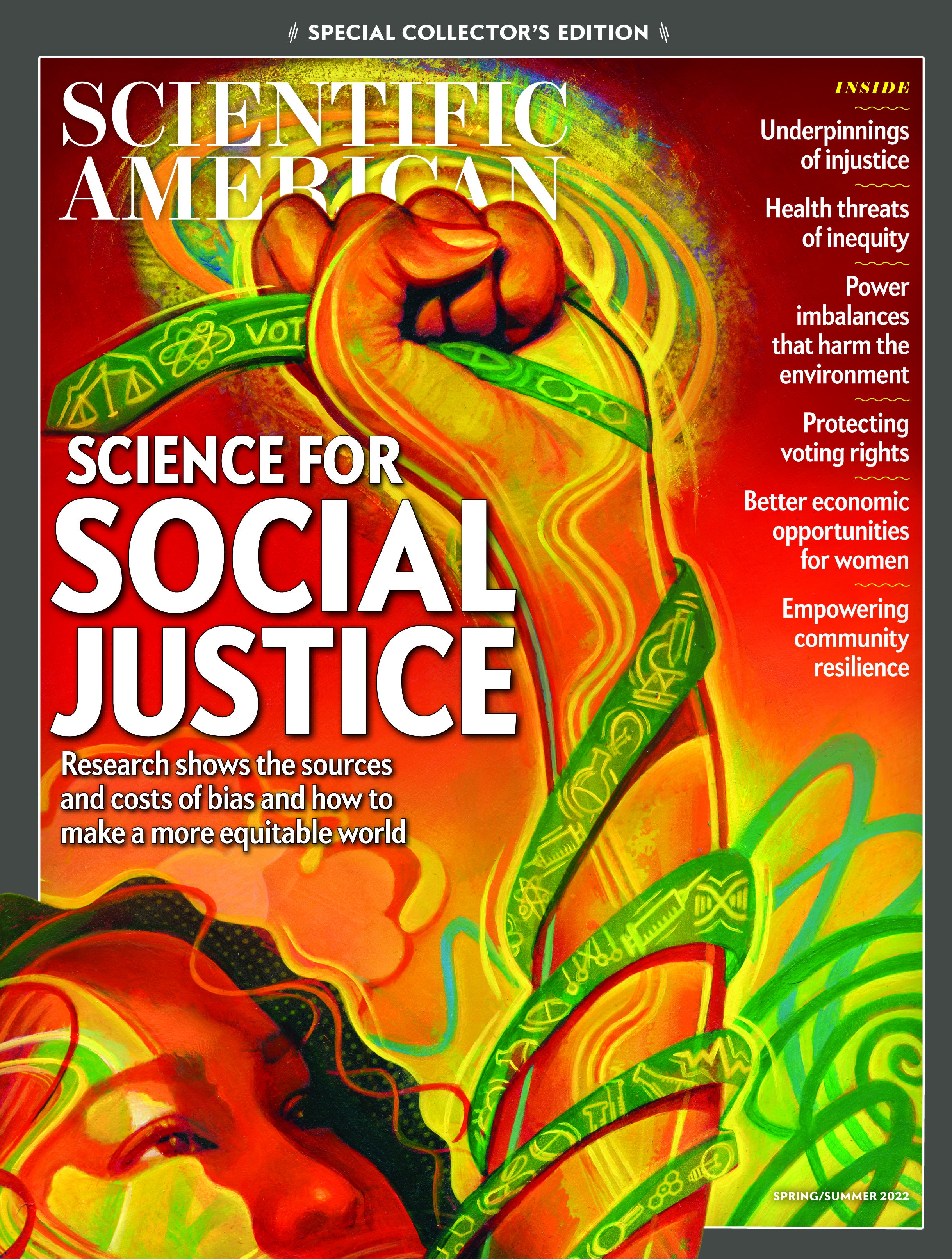

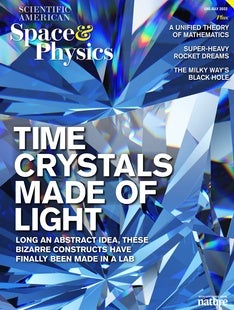
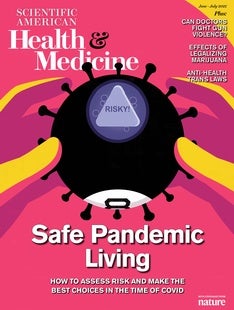
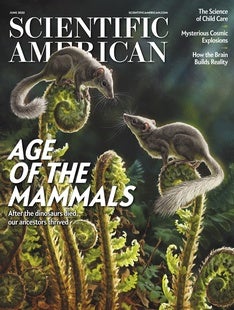



Comments
Post a Comment